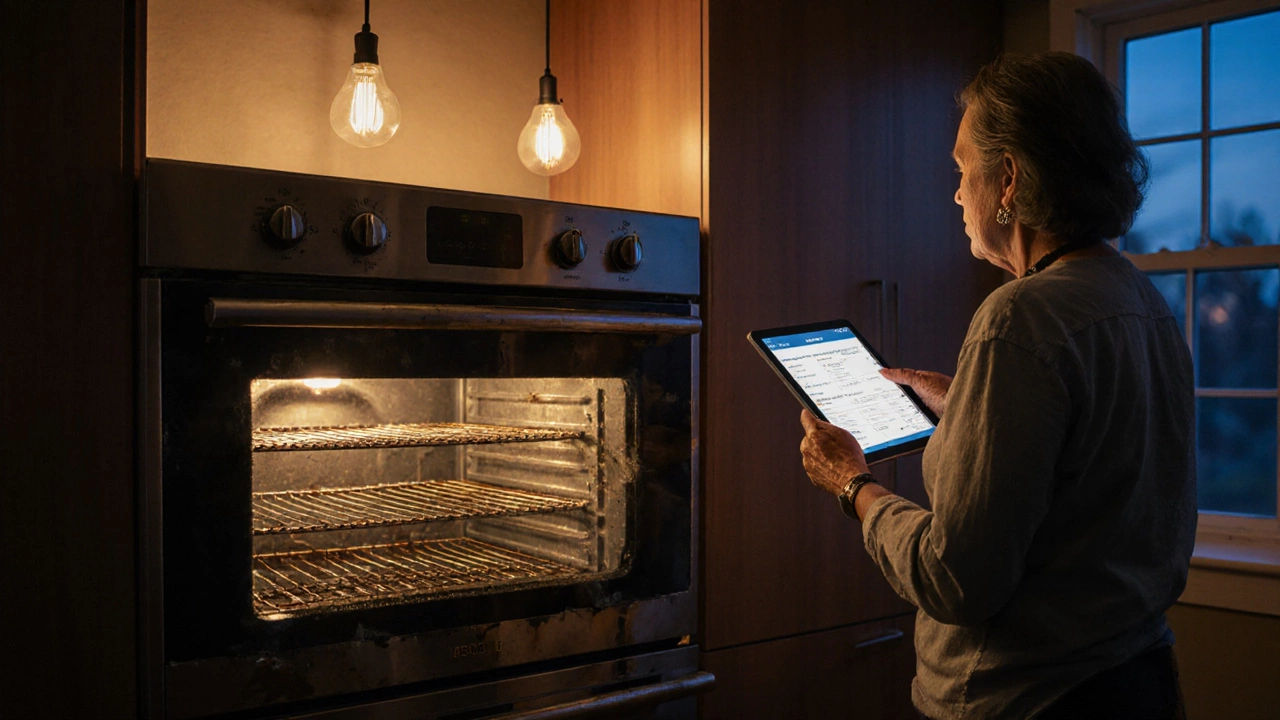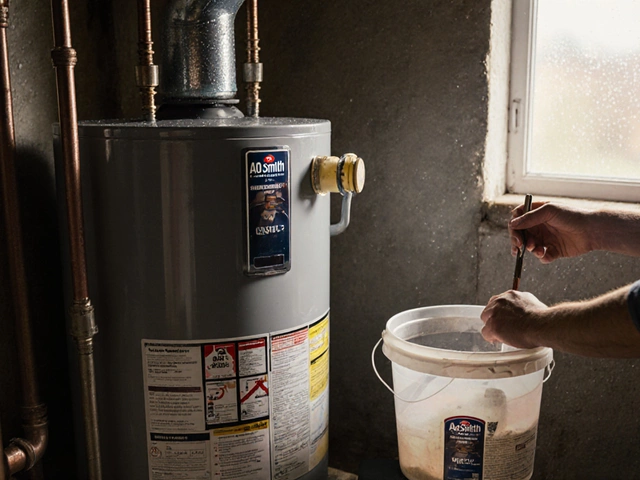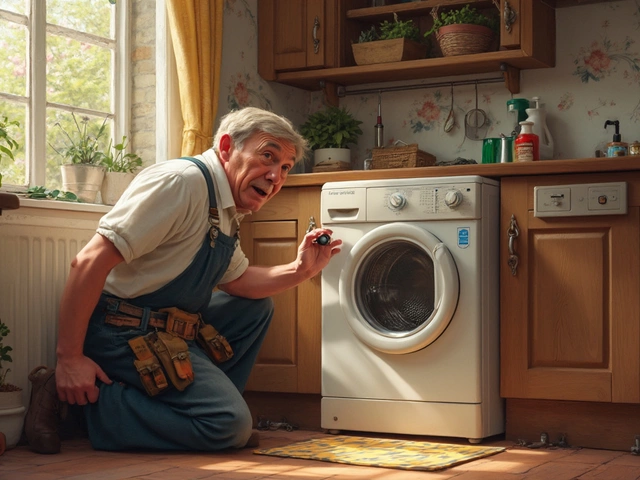When thinking about oven safety, you’re really looking at oven safety, the practice of keeping ovens free from fire, gas leaks, and electrical faults while maintaining proper performance. Also known as cooktop safety, it means treating your oven like any other high‑energy appliance: inspect, clean, and repair before problems grow. Gas oven igniter, the spark‑producing component that lights the burner is a frequent failure point, and a faulty igniter can cause un‑burnt gas to build up. Likewise, the electric oven heating element, the metal coil that converts electricity into heat can crack or detach, leading to uneven cooking or hot spots. Finally, a qualified appliance repair technician, a trained professional who diagnoses and fixes household appliances is essential for safe, code‑compliant repairs. In short, oven safety encompasses proper maintenance, requires regular checks of igniters and elements, and depends on knowledgeable technicians.
One of the biggest misconceptions is that an oven can be left unattended for any length of time. In reality, oven safety demands that you set timers, keep flammable items away, and never use the oven as storage. If you notice a strange smell, clicking sound, or the oven won’t reach the set temperature, those are red flags. For gas models, a persistent clicking can indicate the igniter is trying—and failing—to spark, which may let gas escape. For electric models, a dim or flickering display often signals a failing heating element or a loose connection. Addressing these signs early stops minor glitches from becoming dangerous fires or carbon monoxide incidents.
Start with a visual inspection. Look for scorch marks around the oven cavity, cracked seals on the door, and buildup of food debris that can ignite. Clean out crumbs and grease weekly; they are like tinder for a fire. Next, test the door seal. A poor seal lets heat escape, making the oven work harder and increasing the risk of overheating. For gas ovens, swipe a lighted match near the burner when the oven is off—no flame should appear, confirming there’s no stray gas. Finally, run a quick self‑diagnostic if your oven has a digital panel. Many modern units will display error codes that point directly to faulty igniters, temperature sensors, or control boards.
When a problem crops up, don’t guess. The gas oven igniter can be tested with a multimeter; resistance outside the 500‑1000 Ω range usually means it’s bad. Replacing an igniter is a straightforward DIY task for those comfortable with basic electrical work, but you must disconnect power and gas first. For the electric oven heating element, a continuity test will reveal breaks or shorts. If you spot a broken coil, swap it out with the exact model number—mix‑matching can cause uneven heating or even damage the oven’s wiring. In both cases, always double‑check that the appliance is fully powered down before touching any components.
Even if you’re handy, some repairs belong to the pros. The appliance repair technician not only brings specialized tools but also knows the local building codes and safety regulations. For instance, gas line repairs often require a certified Gas Safe engineer in the UK. An unqualified fix could void warranties, raise insurance premiums, or, worst of all, cause a leak that leads to an explosion. When you call a technician, ask about their credentials, experience with your oven brand, and whether they offer a guarantee on parts and labor. A reputable pro will also give you maintenance tips to keep the oven running safely long after the repair.
Maintenance isn’t just a one‑time thing; it’s an ongoing habit. Schedule a deep clean at least twice a year, replace the door gasket when it shows signs of wear, and lubricate any moving parts according to the manufacturer’s guide. Keep the oven’s ventilation area clear; a blocked vent can cause overheating and trigger the thermostat to shut down unexpectedly. If you use the oven for heavy-duty tasks like broiling or pizza baking, consider investing in a separate convection unit to reduce wear on the main oven. These small steps extend the appliance’s life, cut down on repair costs, and, most importantly, keep your kitchen safe.
Below you’ll find a curated collection of articles that dive deeper into each of these topics. From detailed guides on diagnosing a faulty gas igniter to step‑by‑step instructions for swapping an electric heating element, the posts cover everything you need to know to stay safe and keep your oven performing at its best. Whether you’re a DIY enthusiast or prefer to call in a professional, the resources here will help you make informed decisions and avoid common pitfalls.

Find out when fixing a 15‑year‑old oven makes sense, compare repair costs with buying new, and learn safety, energy and environmental factors to help you decide.

AO Smith, Bradford White, and Rheem are the most durable water heater brands, often lasting 12-15 years with proper maintenance. Learn what really affects lifespan and how to make your heater last longer.

An appliance technician plays a crucial role in keeping household and commercial appliances running smoothly. They diagnose issues, perform necessary repairs, and offer maintenance tips to prevent future problems. Understanding their responsibilities helps in appreciating their importance. This article provides insights into the day-to-day duties of an appliance technician and offers tips for those aspiring to join this field.

Understanding what usually fails in a fridge can save you time and money. This article explores common issues like malfunctioning thermostats, compressor problems, and leaky seals. Learn helpful tips for diagnosing and possibly fixing these issues yourself. Knowing when to call a professional is also crucial in the life of your fridge.

Wondering how long your water heater should last? This article dives into the expected lifespan of various types of water heaters, factors impacting their longevity, and signs it might be time for a replacement. With practical tips on maintenance, you can extend the life of your heater and avoid breakdowns. Learn what to watch out for to ensure you have hot water when you need it, without unexpected surprises.

Thinking of tackling an extractor fan installation on your own? Doing it yourself can be a rewarding project if you have the right tools and know-how. This guide breaks down the process into manageable steps, explains what to watch out for, and offers practical tips to avoid common pitfalls. You'll learn when it makes sense to go DIY and when you might need to call in a pro.